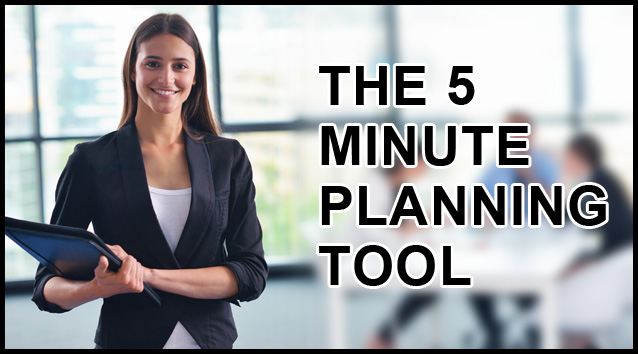” I know, I know, “Paul said over lunch as I explained my many challenges and discoveries. I was talking to a friend about the process of moving from “live” presentations into the medium of video and what I was learning along the way. The content of my share was less important suddenly, than his need to pretend a knowledge he didn’t have. He had never made videos, or made the switch I had launched. Yet, he often “knew” whatever was being shared. And NOT just bout this subject. So what did his need “to know” mean?
I began to ponder the very human desire to manage Reality by eliminating uncertainty, the dark place of not knowing. Yes, there is a strong desire to feel safe… in the familiarity of certitude. And while the issue I had mentioned wasn’t major in the overall challenges of life, Paul’s response was a gateway into a BIG fear. We naturally fear the unknown – from death and dying to the mundane stuff.
Our brains are pattern making machines. We try to push everything into an already established patterns. More so, we humans as Maslow pointed out, know “security” as a primary need. These two combine as a potent force: physiology and psychology. Humans want to file everything away neatly and feel safe.
But when, if ever, are we truly safe? And what, if anything, do we really “know”?
We think we “know” until our lover leaves us, or we marry our true love or the market crashes, or the housing market collapses, or we are offered a new job in a new city, or we hold our first child in our arms, or we are promoted, or our first feature film is in the can, or a loved one is diagnosed with cancer, or we start our own business, or we’re robbed or worse… the list goes on and on in the same curious way that life unfolds.
What do we really know? Facts? Figures? Even our memory is unstable. How does data like that impact our inner world, our sense of Life? Is having the answer on exams the same as managing our future?
Sure, uncertainty is painful. It gives us the free-fall sense of being “out of control.” Most people hate that and the fears and anxieties that accompany the feeling. But certainty is a myth! The next moment could bring about a life-shattering shift (the Boston Marathon) or the delivery of unexpected news: “Your pregnant” and can change the direction of our life for years.
Isn’t it time to embrace the gifts in the very real “not knowing”which booms and barges through your life? Rebecca Solnit, well-know essayist and sociologist says “Leave the door open to the unknown,the door into the dark. That’s where the most important things come from, where you yourself come from, and where you will go.”
We are uncertain about the forces of nurture and nature, about WHY “the Big Bang,” about when and how we will die!
Trying to ease our anxieties by “knowing” is like trying to blow back a cyclone with a straw. Impossible! So what shall we do instead?
More useful is embracing the generous offerings of uncertainty. They are many and profound. Humility comes to mind. How would life be if we moved through it with more? Who would be attracted to us? What opportunities might become available? How would our compassion grow?
Another offer of uncertainty is curiosity. Not only the small spurts that take us Wikipedia or google, but the larger undertakings of a travel adventure, or a university course, a new degree perhaps or a retreat, the pleasure of new book in a different field and so on. With even more impact comes the curiosity that allows us to try on new roles in the world, take on new responsibilities from the stance of “Wow, wonder what I’m capable of?’
Which leads to another offering – creativity! Breaking through the false concrete of “knowing” into the freedom of creative uncertainty allows for trying on new streams of attention – photography, opera, salsa, writing haiku, entrepreneurship, travel. And think of all the learnings and joys that unfold there. Even if living the “ordinary life in an extraordinary way” doesn’t look like a technicolor change from the outside, how precious the shift may be from the inside.
Now these ways of going into the “dark place” are painful. In the that country, we experience fear alongside enthusiasm, suffering alongside wisdom, frustration alongside delight. Or whatever emotions arise, there is always an alchemical mix of which not knowing is the catalyst.
So the next time you are tempted to prematurely “know” take a long, deep breath… pause and allow all that you don’t know about whatever is directly in front of you to arise with its cacophony of feelings.
Perhaps curiosity will arrive arm-in-arm with creativity. Regardless of whether humility shows up or any of the other players, staying with the uncertainty will be an invitation sent out to Truth.
